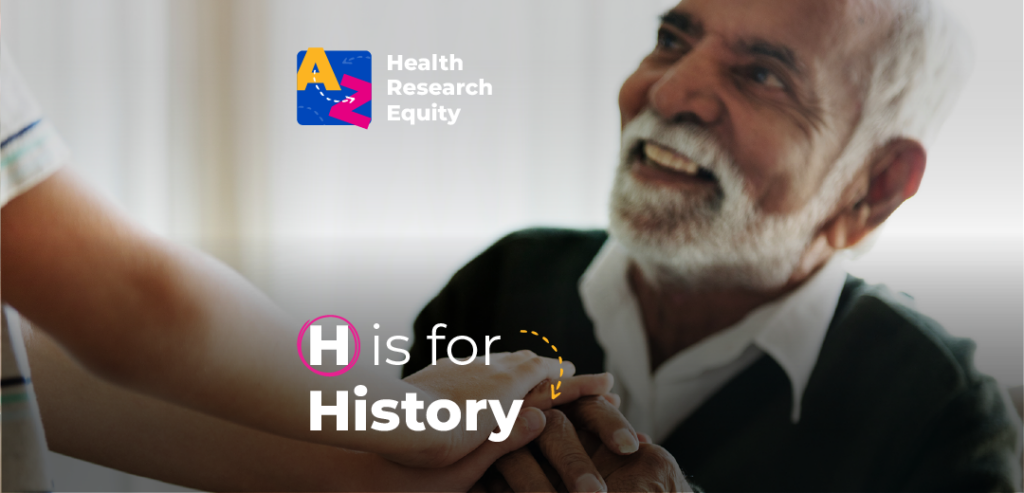Clinical research has been an important part of the medical world for hundreds of years. Advances in medical science have seen us move far from a once commonly held belief that disease results from an imbalance of the four bodily humors (blood, phlegm, yellow bile, and black bile), to vaccines, organ transplants, and lifesaving medicine.
You guessed it, in today’s blog post I’m talking about: History.
1747: Oranges and lemons
The first clinical trial is widely attributed to Scottish naval surgeon James Lind, who published his results and the long-awaited cure for scurvy in 1747. With a sample of just 12 patients, he split his sailors into 6 pairs and treated them with various remedies rumoured to cure scurvy.
After less than a week, the pair of sailors eating two oranges and one lemon each day were well enough to nurse the others. We now know that scurvy is caused by a lack of vitamin C, a substance that citrus fruits are rich in.
In many ways, Lind struck lucky with his trial; the treatment effect was so big that the difference to his participants’ health was conclusive in less than a week. Now that medical science has progressed, we are often looking for incremental changes that take place over longer time periods. To monitor those changes effectively we need more rigorous research methods.
Thankfully, since Lind’s quest to cure scurvy, the way that we do clinical research has changed. The first placebo was used in 1863, the first double-blind controlled trial in 1943, and the first randomised controlled trial published in 1948.
| Definitions | |
| Placebo | A substance that has no therapeutic effect, used in studies to provide a comparison for the intervention being tested. |
| Double-blind | A type of clinical trial in which neither the participants nor the researchers know which intervention participants are receiving until the clinical trial is over. Both parties are blinded, which helps to remove bias. |
| Controlled | A controlled clinical trial compares the intervention being tested with another group, usually a placebo. The placebo group is called the control group. |
| Randomised | A method that randomly allocates participants to treatment or control groups in a clinical trial. This helps to remove bias. |
1948: The first randomised controlled trial
The first randomised controlled trial was carried out by the UK’s Medical Research Council and published in 1948. This was a landmark trial of streptomycin in pulmonary tuberculosis, and the first case of research having systematic enrolment criteria and data collection. The research that came before this was less formal and did not include such meticulous planning.
The first randomised controlled trial, ‘Streptomycin Treatment of Pulmonary Tuberculosis: A Medical Research Council Investigation’, published in the British Medical Journal (now known as the BMJ) on Saturday 30th October 1946.
The trial began in 1947, and by September of that year had recruited 109 patients from hospitals across London, Middlesex, Leeds, and various sites in Wales. Two patients died during the preliminary observation week, leaving 107 patients to be randomised. 55 were allocated to the streptomycin group, and 52 to the control group.
Interestingly, the publication reads:
“At first the impression was that cases of the type defined are seen often. In fact, such cases are not that common. As it became evident after three months that enough cases could not be found in the London and Middlesex areas, other authorities were approached.”
This will be a familiar situation to anyone that has worked in clinical trial recruitment, patients tend to disappear as soon as you start looking for them!
What would we do differently now?
In the 200 years between 1747 and 1947 things changed a lot, but we don’t need another 200 years to improve further. 77 years on, let’s think about three key things that we would do differently if we were designing and conducting the first randomised controlled trial today.
| Eligibility Criteria | |
| Then | As this was the first trial of its kind, the researchers intentionally limited the number of patients in the trial. They did this by tightening the eligibility criteria to age group 15 to 25, which was later extended to 30 due to poor recruitment. |
| Now | The fact that researchers wanted to limit the number of patients included in the trial is a smart move, they wanted to ensure the method worked and that they could support are care for patients effectively. Now, tightening the age criteria to include people aged 15 to 30 is not the way we would choose to do this. UK tuberculosis rates from 2022 indicate that people aged between 25 and 44 years were most impacted, followed by people aged between 45 and 64. In current practice, we would ensure that the trial included the age groups that are most impacted by the disease. |
| Patient Recruitment | |
| Then | The UK’s National Health Service (NHS) was rolled out in 1948, right after this trial took place. Poverty was rife and hospital stays were reserved for those with money, or those lucky enough to be able to stay in hospital because of donations from the wealthy. |
| Now | The NHS is certainly one way to engage with patients, but it is not the only way. Now, we are aware that people interact with the health system in different ways, some will present quickly and have inherent trust in healthcare professionals, whereas others prefer to try other routes and will only make an appointment with their healthcare provider when they have exhausted other routes. Using a variety of recruitment methods is best practice to ensure that a diverse range of patients have the opportunity to take part. |
| Patient Retention | |
| Then | From the Observation and Treatment Period part of the publication: “Each patient was to remain in bed at the centre for at least six months, and the results were to be assessed on the clinical status at the end of that period.” |
| Now | Firstly, the possibility of being able to find a hospital bed for 6 months would be a gift. That aside, no matter how sick people get, they will generally always prefer to be at home in the comfort of their own bed, with their family and friends around to support them. 6 months in hospital would be a significant hurdle for recruitment thanks to modern medicine being able to stabilise and support recovery at home. Thankfully, we would now think about a trial design that allows patients to spend the vast majority of their time at home, with researchers working embedding strategic patient retention programmes to ensure continued engagement. |









